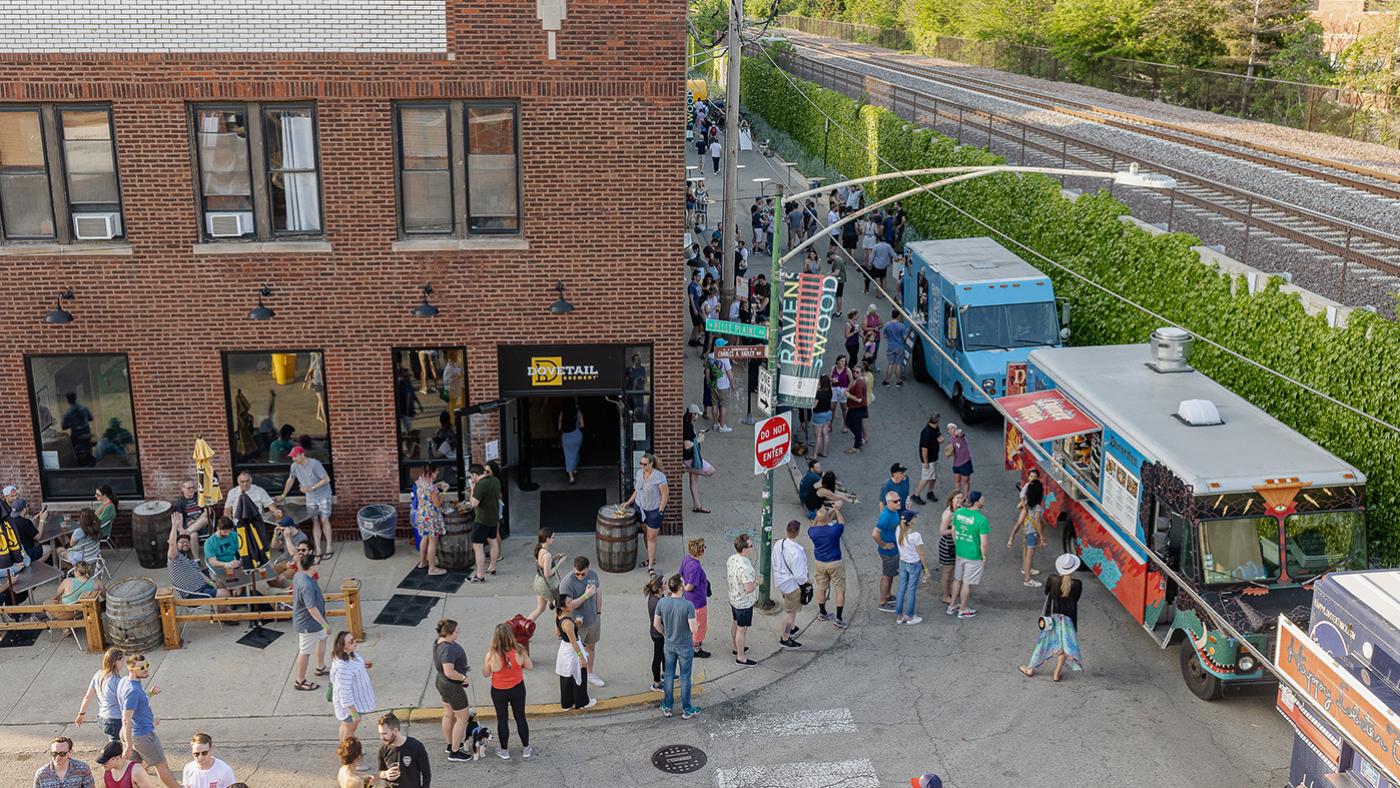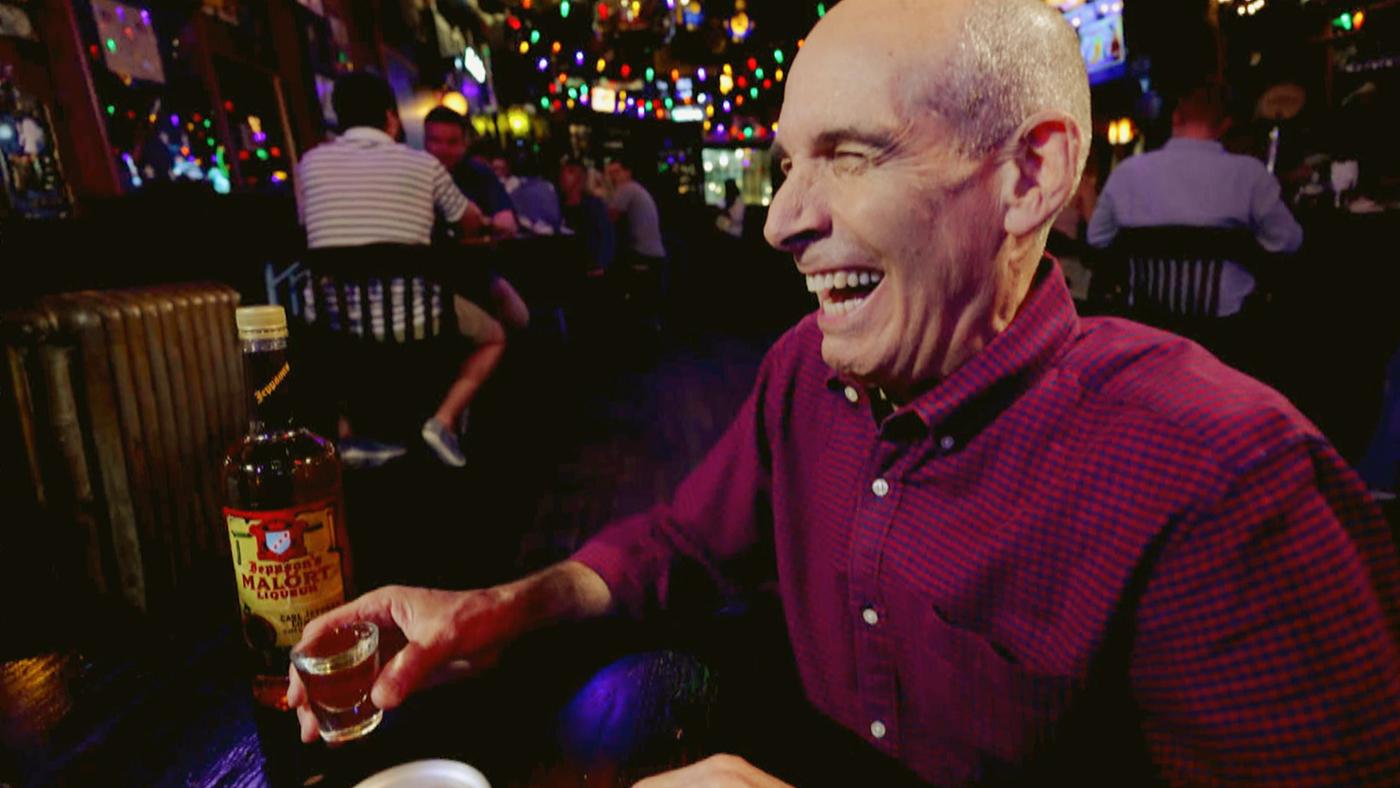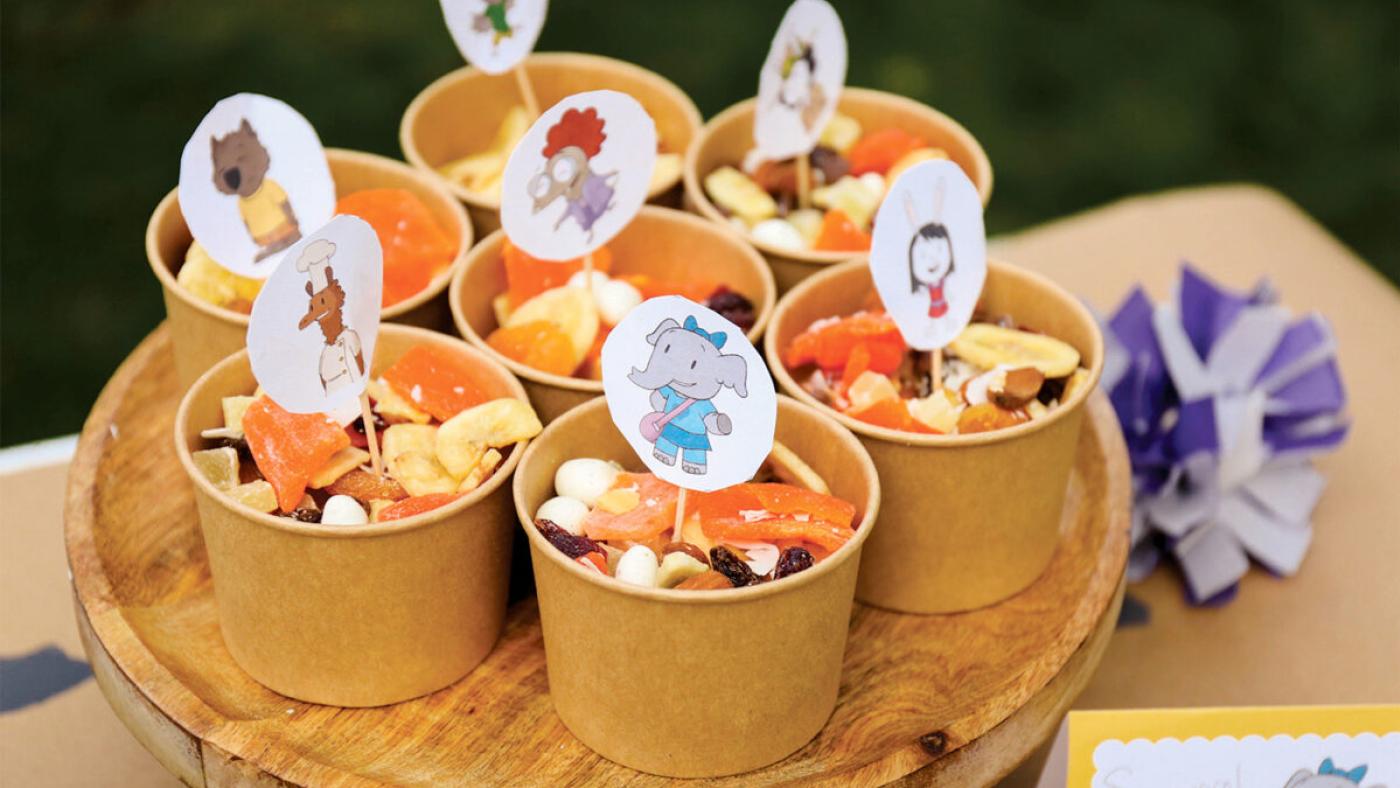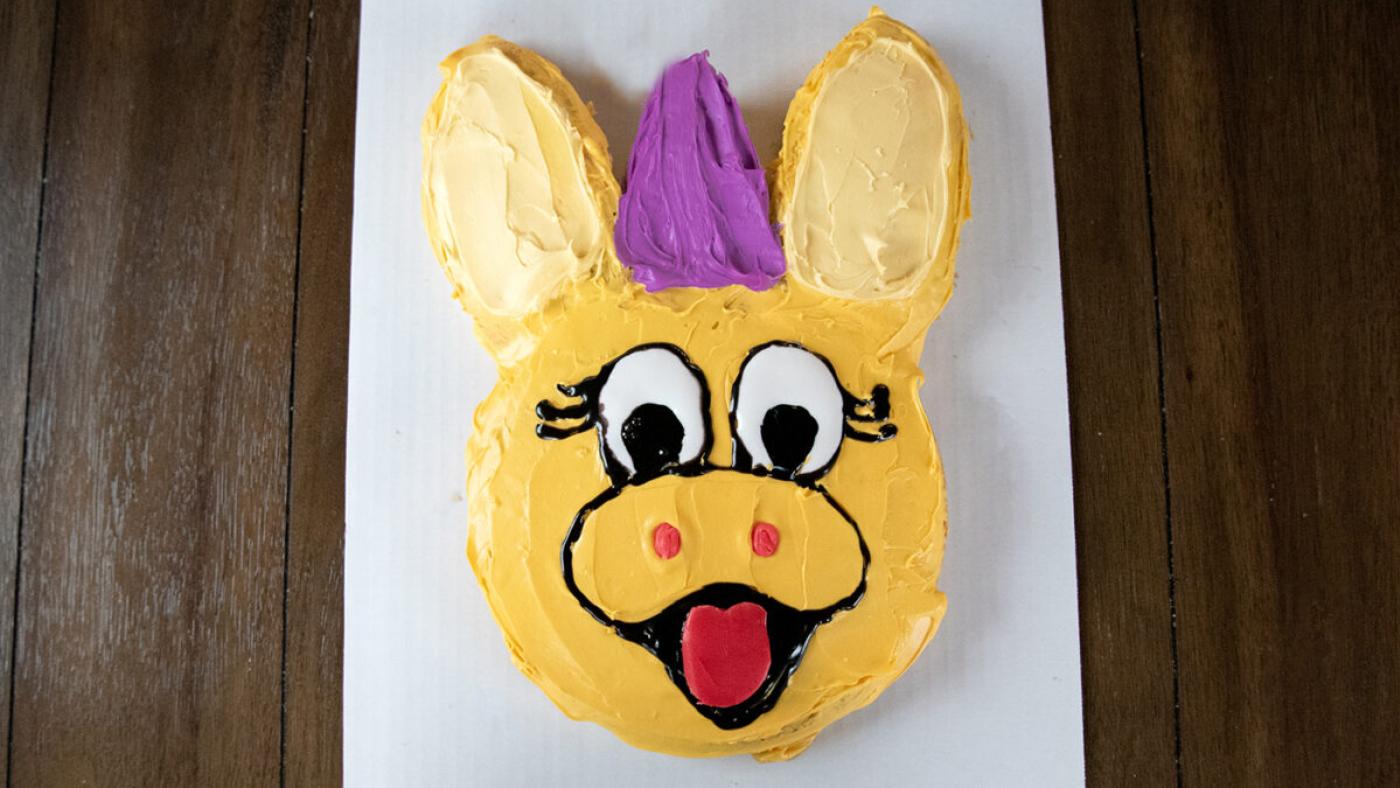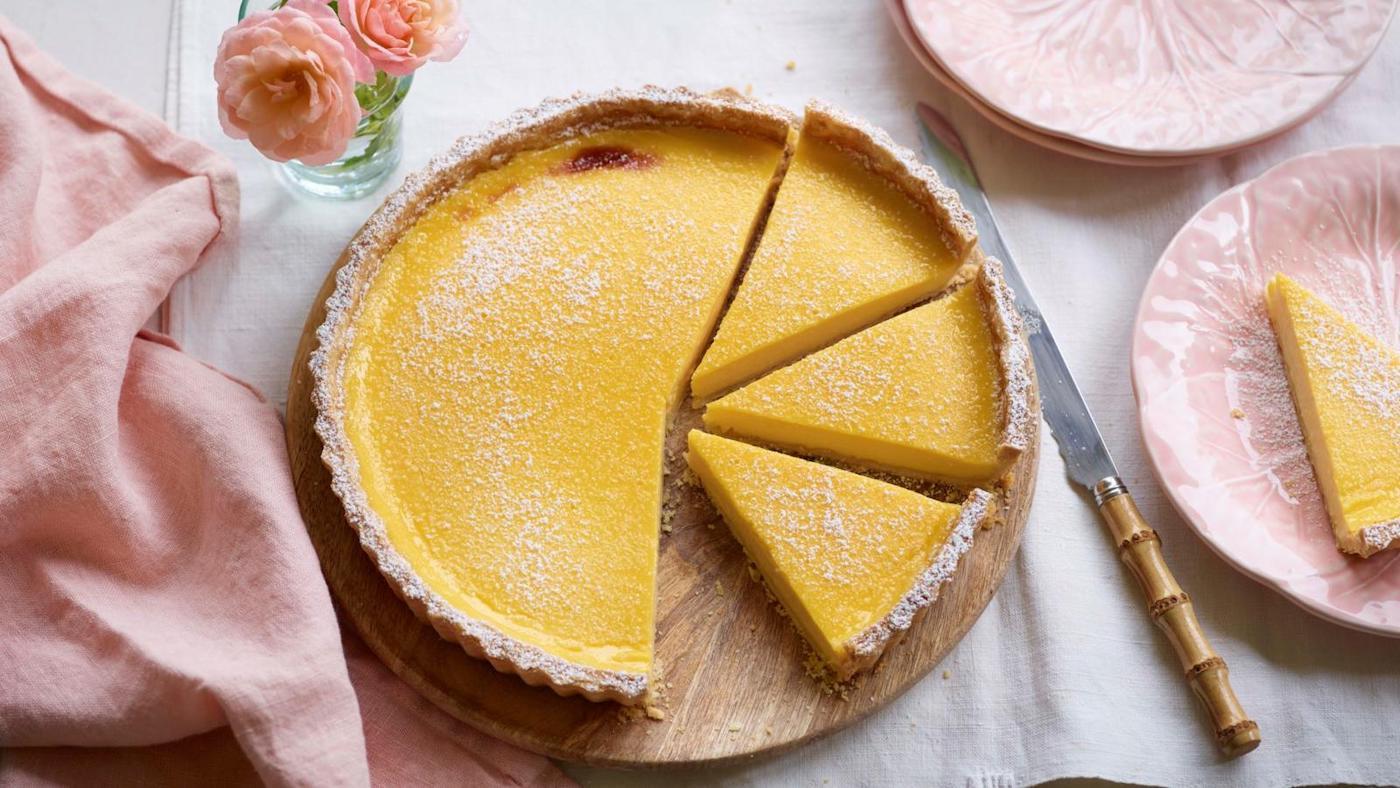A Bakery Serving Pastries Infused with Filipino Flavors is Coming to Lincoln Square
Daniel Hautzinger
April 3, 2024
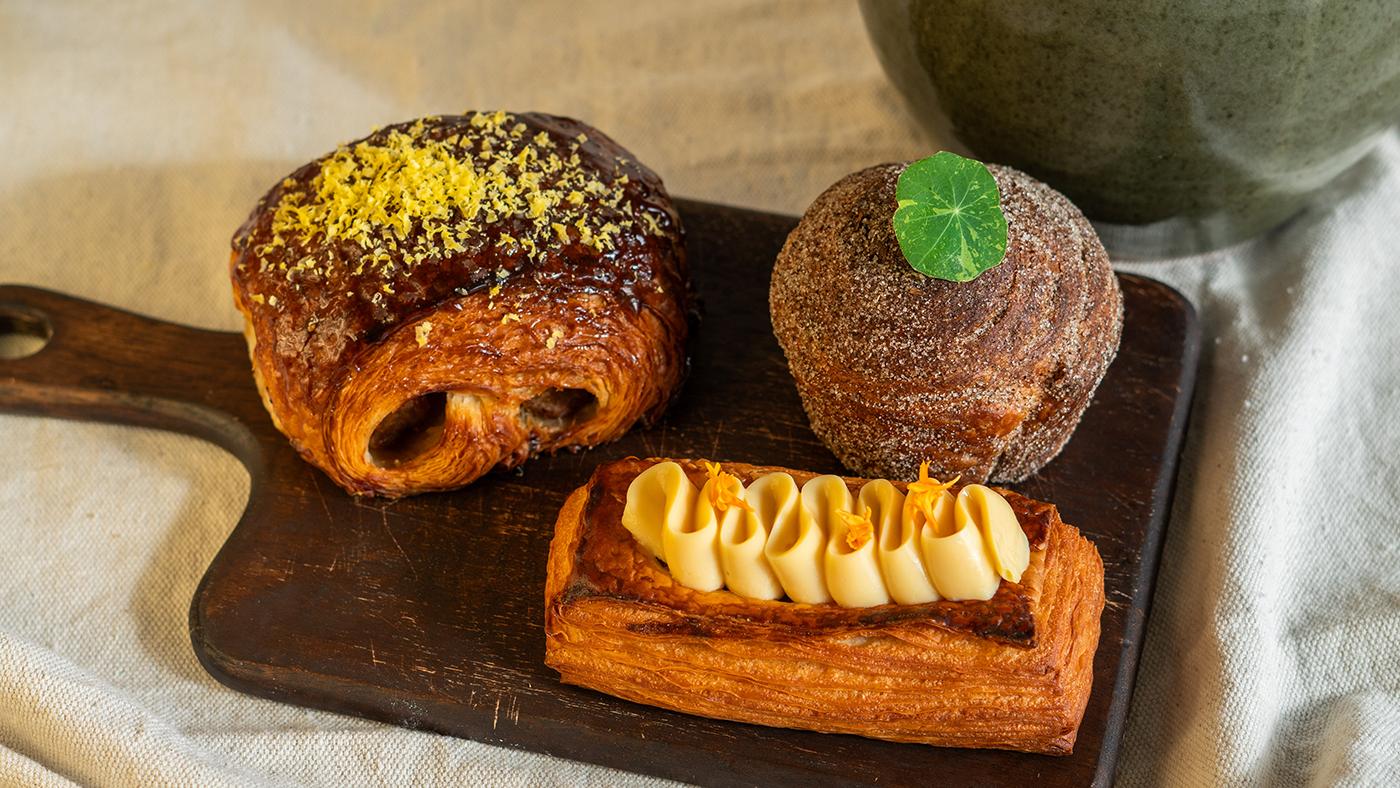
Get more recipes, food news, and stories by signing up for our Deep Dish newsletter.
A bakery with unique Filipino-infused pastries is coming to Lincoln Square. For the past year, Justin Lerias has been selling longanisa croissants, turon danishes, calamansi hojicha buns, and more artful creations out of Side Practice Coffee in Lincoln Square and at pop-ups under the name Del Sur Bakery. Now, he’s opening a brick-and-mortar bakery in the neighborhood with Side Practice owner Francis Almeda, right next to the Damen Brown Line stop at 4639 N. Damen Avenue. Lerias hopes to open in the fall.
Del Sur will join a continuing wave of spots garnering recognition for Filipino food in Chicago. One of the biggest success stories in the city’s culinary scene is Kasama, the nationally recognized Filipino tasting-menu-by-night, brunch-and-bakery-by-day restaurant in West Town, but spots like Boonie’s and Bayan Ko have also drawn attention in the Lincoln Square area. Bayan Ko, which combines the Filipino and Cuban ancestry of its husband-and-wife owners, recently turned its first location into a tasting menu spot and is opening a more casual diner down the street. Boonie’s has garnered both national and local acclaim after its owner turned a food hall stand into a brick-and-mortar restaurant last year. Side Practice spotlights Filipino flavors such as ube and pandan. And the presence of the Filipino supermarket Seafood City further west has helped make the Northwest Side a center of Filipino food; another Filipino bakery, Umaga Bakehouse, is opening near there in April.
For Lerias, opening a bakery has been a dream since he sat in a Chicago history class at Senn High School, “kind of not paying attention” as he wrote out a concept for a business.
“At sixteen, I determined that I was going to open a bakery,” he says. Back then, he envisioned reaching his goal after a series of carefully planned steps that would take around a decade or so, leading him to finally achieve his dream around age 30.
He’s only 22 now.
Things accelerated thanks both to hobby-encouraging lockdown time during the pandemic and Almeda, who offered him a regular spot at Side Practice and is now helping with the logistical and managerial challenges of opening a new business, in addition to being a co-owner.
“When you’re with Francis, you feel like the sky’s the limit,” Lerias says.
Lerias first made pastries with Filipino flavors in 2020, at home. “I just happened to have Filipino food in my fridge,” he recalls, and thought, “What would happen if I just do that? If I start filling danishes and croissants with what I have in the fridge? That concept seemed very new to me; obviously it’s not that new now, given Kasama and Boonie’s.”
But whereas Kasama’s baked goods only occasionally delve into Filipino flavors such as ube or the cooking banana saba, almost every one of Lerias’ creations is inspired by a Filipino dish or ingredient. Citrusy calamansi, grassy pandan, and, yes, vanilla-y ube all show up. The sweetness of the sausage longanisa, which he makes himself, is balanced by salty soy caramel and deepened by the umami of shaved cured egg yolk. Danishes have been filled with the savory dishes laing – taro leaves cooked with coconut and aromatics – and kare kare – meat in a peanut sauce – in addition to the caramelized banana dessert turon, Lerias’ personal favorite of his creations.
“I think Filipino food is way more than ube,” he says, although he understands the commercial draw of the crowd-pleasing purple yam, and has used it in a kringle for the holidays, as a filling for an oatmeal cream pie, and in buttercream on a banana cake alongside miso caramel.
The combination of Filipino flavors with such homey Midwestern staples as a kringle and oatmeal pie reflects Lerias’ own background. He was born on the southern island of Mindanao in the Philippines, but grew up in large part in Chicago, with trips back to the Philippines. “I consider myself Filipino-American through and through,” he says.
His mom was an avid amateur baker, making “those ’80s-style wedding cakes with thick buttercream borders and statues,” in his words, and he originally considered naming the bakery after her. “My family has been so supportive,” he says. “The moment I expressed interest in baking, they immediately put me in a baking class, and they never stopped me, they never discouraged me.”
Lerias was raised on the north side of Chicago and has lived around Edgewater and Uptown for more than a decade. He has also worked there for most of his professional life, gaining experience at respected establishments. It’s why he wants to open his bakery in the surrounding area: it’s home. He spent some time at the now-closed River North restaurant Pacific Standard Time before moving to the bakery Lost Larson in Andersonville in order to learn pastry. After a stint studying ceramics at the School of the Art Institute of Chicago (he’s planning to make the plateware for his bakery himself, and wants it to feel like his home), he returned to the restaurant industry as a pastry chef at Andersonville’s Big Jones.
He was eager to make and sell his own pastries and found an outlet at Side Practice, which offers a space for various artisans to sell and showcase their “side practices” or hobbies – which sometimes turn into full-time pursuits. Lerias had initially wanted to do a ceramics pop-up there, but then pivoted to pastries.
“I think we sold out in like 20 minutes,” he recalls of his first pastry pop-up there. “There was a line out the door, and I couldn’t comprehend that.”
He eventually started supplying Side Practice with pastries every week, thanks to Almeda’s encouragement, and quit his job at Big Jones to focus solely on Del Sur. The bakery is currently on hiatus while he develops the brick-and-mortar, allowing him to take a break from making some 300 pastries a week by himself in his small apartment kitchen.
“I still can’t believe I get to do this as a living,” he says. “I’m tired as f--k, but I can’t stop doing it.”

